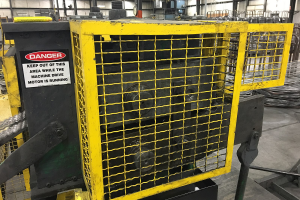Identifying ‘invisible’ employees for safety training
Even at a company with a strong safety program some employees can be overlooked for training, leaving them vulnerable in case of an accident, fire or explosion.
An excellent blog post by Curtis Chambers on oshatraining.com identifies these employees. They could be employees we don’t normally associate with hazardous work, such as receptionists, accounting clerks or interns.
As Curtis rightly points out, there are OSHA regulations that require information and training for affected workers in these situations, even if they work in the office.
Here are some links to those regulations:
• Emergency Action Plan Training – 1910.38(f)(1) – (3)
• Portable Fire Extinguisher Training – 1910.157(g)(1)– (4)
• Hazard Communication Training – 1910.1200(h)
• Personal Protective Equipment Training – 1910.132(f)(1)
• Lockout Tagout Training for “Other” Employees – 1910.147(c)(7)(i)(C)


